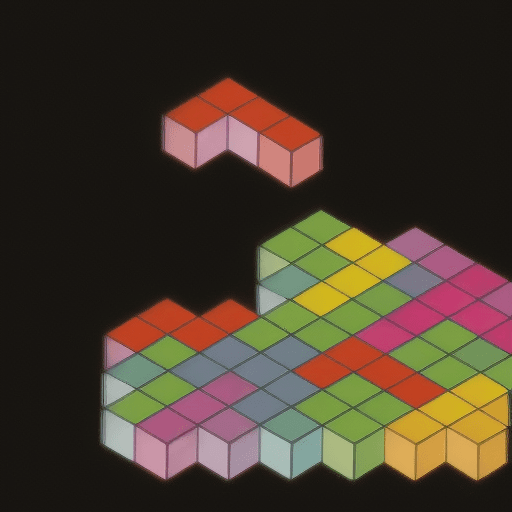
Tiling with Shapes and Tessellations
Hard

Discover which shapes can tile an infinite plane and why! Experiment with pentominoes, heptiamonds, wheelbarrow, and kite #n# dart pairs to find the most efficient shape for tiling.
Hypothesis
The hypothesis is that some shapes can tile an infinite plane while others cannot.
Method & Materials
You will build pentominoes, heptiamonds, wheelbarrow, and kite #n# dart pairs from legos, pattern blocks, tagboard, and manipulatives. You will then experiment with tiling appropriate rectangular grids and planes using these shapes.
You will need legos, pattern blocks, tagboard, and manipulatives.
Results
We discovered that some shapes can tile an infinite plane while others cannot. We also found that hexagons are the most efficient shape for tiling, consuming the least amount of wax to create the same amount of area.
Why do this project?
This science project is interesting and unique because it combines mathematics, geometry, and art to explore the fascinating world of tiling and tessellations.
Also Consider
Experiment variations to consider include exploring other shapes that can tile an infinite plane, such as octagons or pentagons, and experimenting with different types of tessellations in nature, such as crystals or snowflakes.
Full project details
You can find additional information and details for this science fair project here. Have fun exploring!Share this Science Project:
Related Science Fair Project Ideas
Discover how to create beautiful shapes and images using simple geometric shapes and mathematical formulae.
Hard
What happens when a sine function is added to a circle? Find out in this project!
Hard
Can you construct shapes with infinite perimeters and finite areas? Find out with this fun science project!
Hard
Share this Science Project:
